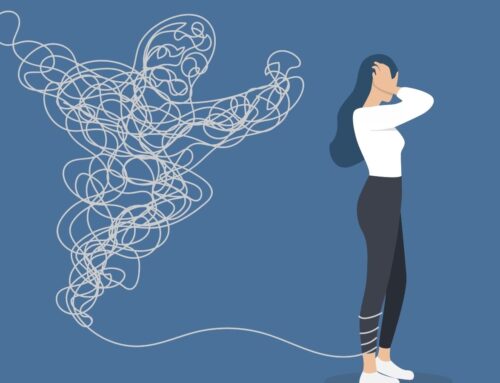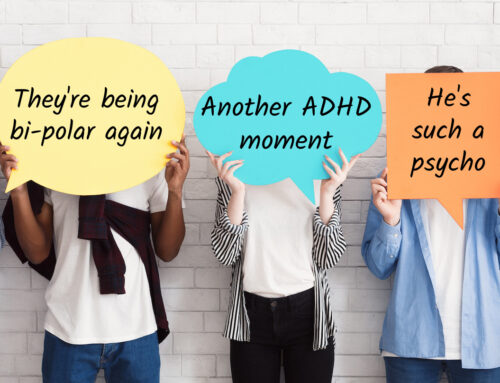The American Academy of Sleep Medicine estimates that 70% of high schoolers are not getting enough sleep. Teenagers often attribute lack of sleep to being both a cause and an effect of various psychological conditions. Large homework loads, involvement in extracurricular activities and socializing with friends on social media are all factors that affect sleep schedules. Early school start times also perpetuate this difficulty among teens, as the onset of their sleep cycle occurs later than that of typical adults. This means that they are falling asleep later and being required to wake up earlier.
Previous research on sleep has shown that teens who report low levels of sleep are four times more likely than peers with higher levels to develop a major depressive disorder. Over 50% of teens who average at fewer than six hours of sleep a night also report high levels of psychological distress, which indicates that good sleep habits act as a buffer against stressors and mental illness. The following behavior changes are recommended to help improve sleep:
- Set a sleep schedule: Try to fall asleep and wake up at the same time every day
- Be mindful of food and drink:Avoid caffeine within 6 hours of sleep
- Have a bedtime ritual:Take a shower, read, listen to music
- Limit naps:If you do nap, limit it to 10-30 minutes
- Exercise:Regular exercise promotes sleep but don’t do it too close to bedtime
- Put down screens: Put away screens at least 30 minutes before bedtime.
Teenagers who struggle to fall to sleep often report experiencing challenges with the struggle switch right before bedtime. They have trouble sleeping, which might cause frustration or anxiety, which may lead to anger or guilt, and so on. This buildup of emotions comes with a buildup of thoughts in the mind and tension in the body, all of which makes falling asleep even more difficult. Using a mindfulness strategy that focuses on muscle relaxation or deep breathing is often the best antidote to the struggle switch. The following script is an example of a mindfulness strategy that a teen may learn while in treatment:
- Notice that you are having difficulty falling asleep by calming thinking, “I am struggling to fall asleep.”
- Tune in to what is going on in your mind and body.
- Scan your body for areas of tension.
- Observe what types of thoughts are entering your mind.
- Relax your body by laying on your back and softening areas of tension.
- Anchor yourself in the present moment by paying attention to your breath. Notice the rhythmic rise and fall of your stomach and lungs.
- Examine where your mind goes as you focus on your breath. Without judgment, make statements like, “Oh look. I’m having the thought that ______” or “There my mind goes again. Getting caught up in thinking about ______.”
- Return to the breath.
- Repeat this process. Each time you notice your thoughts wandering is a moment of mindfulness that will help you disentangle yourself from the chatter in your mind.
With practice, teenagers will become more familiar with the types of thoughts that prevent them from calming their mind at night. Through becoming the observer of those thoughts, they will be better able to notice them without struggle, return to their breath, and gradually doze off into sleep.
Lastly, it is vital to seek support when needed. Consult a doctor if irregular sleep patterns persist despite behavioral interventions.






